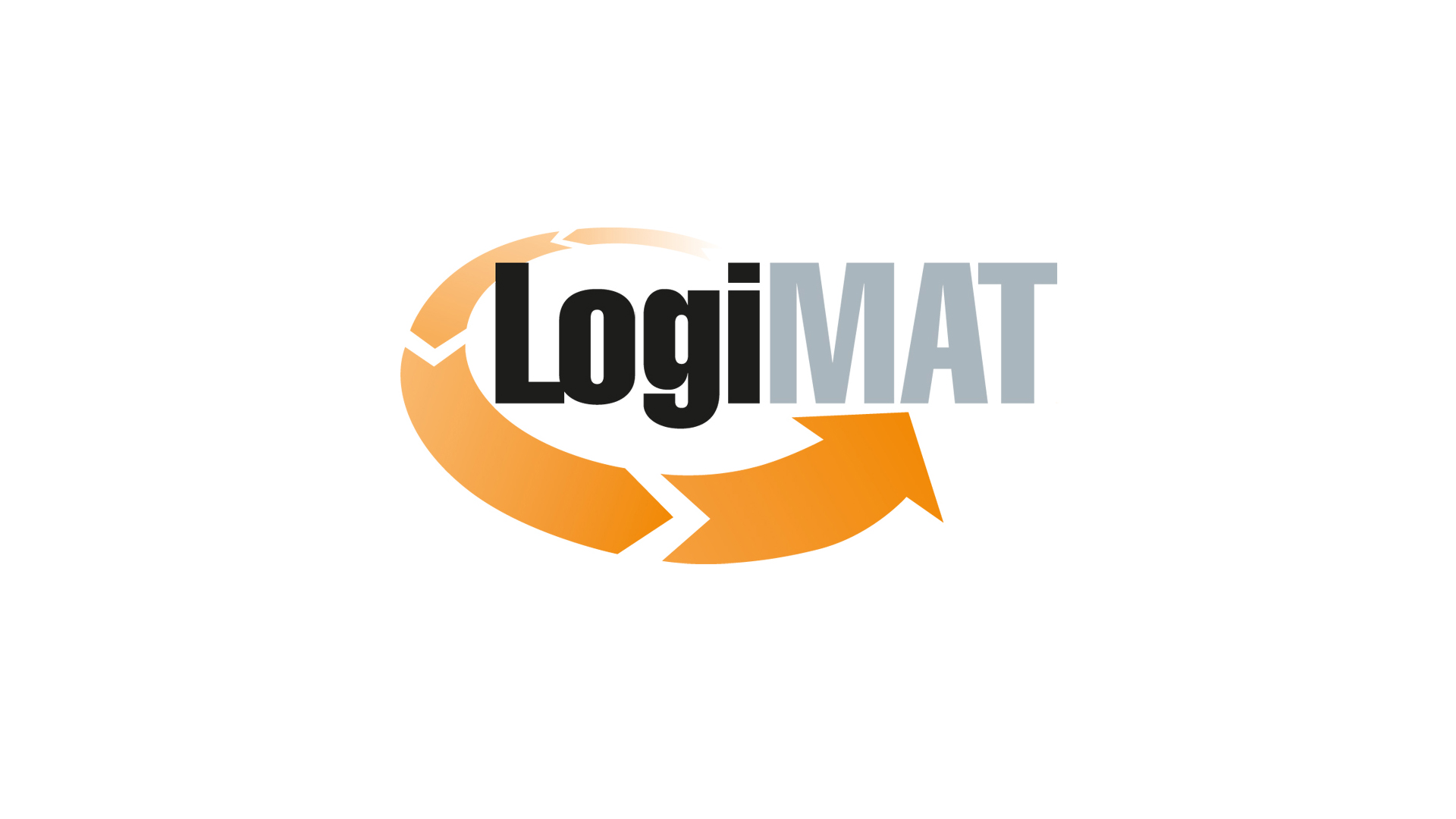Inventory management: How to succeed with inventory during Corona times
There is hardly a value-creating company in Germany that is not affected by the Corona crisis. The COVID-19 virus poses major challenges across all industries. Almost no entrepreneur thinks about the upcoming inventory during this time. There are ways and means to significantly reduce the time and personnel expenditure, to obtain additional capacities for the time after the crisis and at the same time to take into account all hygienic requirements for the prevention of infections.
In times of the corona pandemic, the thought of the annual inventory quickly fades into the background. For many companies, the focus is on maintaining liquidity and thus reducing costs. “A full inventory is cost-intensive”, explains Sven B. Jessl. He is managing director of Stat Control GmbH. The company is one of the leading providers of inventory control and inventory systems and the inventory specialist within the REMIRA Group. “Often the warehouse has to be closed temporarily. This is anything but value-adding. In addition, there is a large amount of personnel expenditure that is necessary to be able to carry out the full inventory at all”. In the Corona crisis this is difficult to achieve, because keeping a distance in the context of social distancing becomes the new normality. This is the only way for companies to counter the health risk, which increases exponentially the more employees are in the warehouse at the same time for counting. In addition, due to short-time work in many places there is currently only a thinned out staffing level available anyway.
However, even sitting out the corona crisis in order to take stock afterwards is not a good option. In some areas, the economy is already slowly picking up speed again. For these companies it is now a matter of mastering the daily business again and to keep the losses suffered due to the corona crisis within limits or to make up for them. There is no time for a full inventory. Many companies therefore rely on a permanent inventory. They count their stocks during the year and thus distribute the counting work over the entire fiscal year. But even this can become a challenge in the current corona crisis.
“Due to the scarce personnel resources in many places and the reduced activities in the warehouse, it is possible that not all inventories can be counted within a year. This then leads to a similar problem as with full inventory. Companies have to count their goods within a shorter period than originally planned. They need appropriate personnel for this and, in the worst case, they have to temporarily close their warehouse”.
explains Sven B. Jessl.
Minimize the effort for the inventory
But how doyou succeed with the inventory even in times of the Corona crisis? And how can the people in the warehouse be protected from the risk of infection and at the same time be relieved? One tool for this is inventory sampling. This is a legally permitted inventory simplification procedure that is used to check the correctness of inventory management. This proves that the stocks managed by the system correspond to the articles actually in the warehouse. If this is confirmed within the permitted tolerances, the full inventory and also the permanent inventory can be omitted.
“The greatest advantage of inventory sampling is that the counting effort is reduced by an average of 95%. This drastically reduces costs, because both time and personnel expenditure are minimized to the absolute minimum”.
states Sven B. Jessl.
Inventory sampling shows its advantages especially in the current tense situation. The risk of infection in the warehouse is minimized due to the significantly lower counting volume and the resulting greatly reduced personnel requirements. It is possible to carry out the inventory primarily with employees who are familiar with the warehouse. This has a significantly positive effect on the counting quality, because the recording of many article items with a large number of people inevitably leads to errors – especially if employees who are not familiar with the warehouse situation also have to be deployed.
Inventory sampling provides companies with maximum transparency regarding the performance of their inventory management.
“Mathematical-statistical methods are used to minimize the counting effort. With the concept of inventory sampling, companies digitalize their inventory process.”
says Sven B. Jessl
As a result, not all storage items need to be touched and the risk of counting errors being entered into the inventory system is minimized. In Germany, Austria and Switzerland, inventory sampling has been legally permitted for years. The procedure is also accepted in many other countries within and outside Europe.
Many companies fulfill the requirements
Many companies already fulfill the requirements for carrying out an inventory sampling without knowing it. The stock levels must be recorded by software and the stock movements must be depicted realistically. In addition, the company must ensure that inventory management is carried out properly and at a high level. Auditors also expect that the inventory sampling is carried out with a certified and thus approved system.
Experts such as Sven B. Jessl recommend companies not to neglect inventory even in times of a corona pandemic. As a rule, the full inventory and the inventory sampling are carried out in the period between three months before and two months after the balance sheet date. In order to be able to concentrate on day-to-day business again after the crisis and to avoid further failures, it is advisable to contact the responsible auditor at an early stage and agree on a changeover to the inventory sampling procedure.
“A well-planned introduction of inventory sampling is easily possible despite scarce personnel resources. The effort required for the introduction of an audited software solution for inventory sampling is low. Experienced providers can implement this at short notice”.
says Sven B. Jessl.


